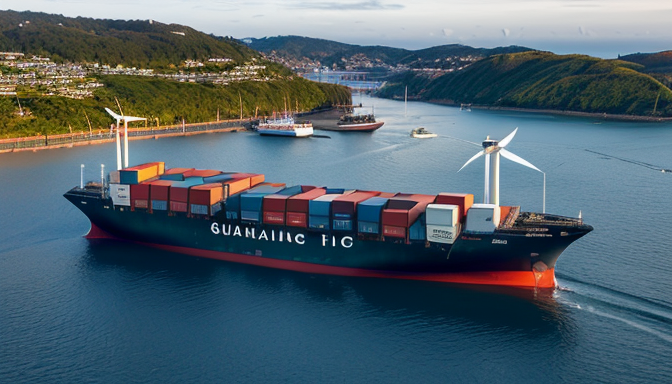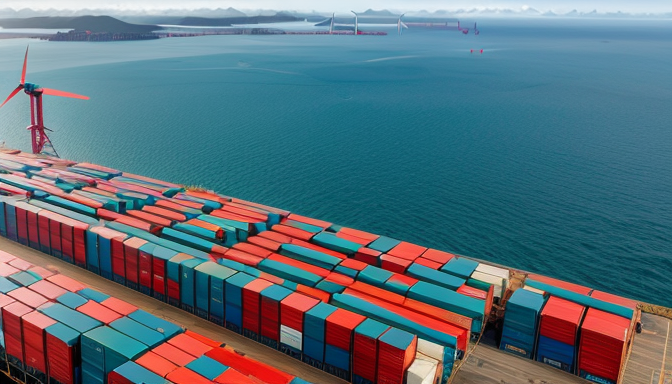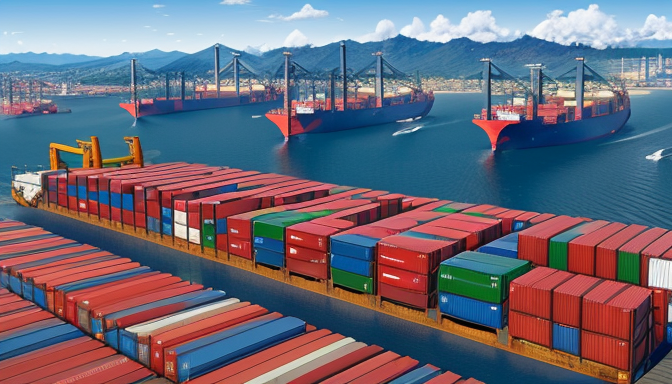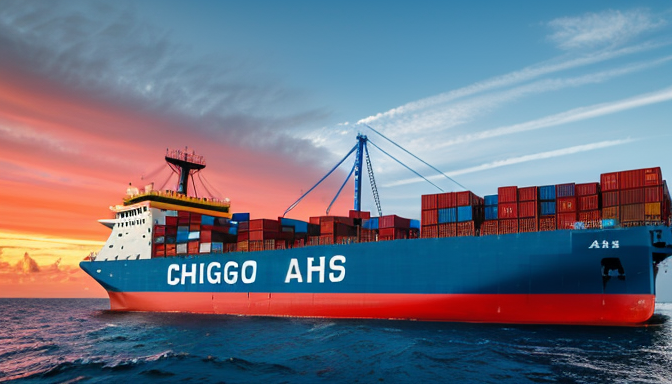Eco-Friendly Shipping: The Future of Maritime Logistics
In today’s rapidly changing world, eco-friendly shipping is not just a trend; it’s becoming a necessity. The maritime logistics industry is facing immense pressure to reduce its carbon footprint and embrace sustainable practices. With global shipping trends shifting towards greener alternatives, the future looks promising. Imagine a world where ships glide through the ocean powered by alternative fuels instead of heavy bunker oil, significantly cutting down emissions. This transition is not merely a dream; it’s happening right now!
One of the most exciting advancements in eco-friendly shipping is the development of container systems that optimize space and reduce waste. By utilizing smarter designs and materials, shipping containers are being transformed to maximize efficiency while minimizing environmental impact. Furthermore, port technology is evolving, with many ports adopting automated systems that streamline operations. These innovations not only enhance productivity but also contribute to a cleaner, greener planet.
As we look towards the future, it’s clear that the shipping industry must adapt to these changes. The integration of sustainable practices is essential for maintaining competitiveness in a market that increasingly values environmental responsibility. So, are you ready to embrace the wave of change in maritime logistics? It’s time to set sail towards a sustainable future!
Innovative Technologies in Eco-Friendly Shipping
When you think about the vastness of the ocean, it’s hard not to marvel at the sheer scale of maritime logistics. However, this industry, while crucial for global trade, has also been a significant contributor to environmental degradation. Thankfully, innovative technologies are paving the way for a more sustainable future in shipping. Imagine a world where ships glide through the waves powered by clean energy—sounds like science fiction, right? But it’s happening now!
One of the most exciting advancements is the use of alternative fuels. Traditional heavy fuel oil is being replaced by greener options like LNG (liquefied natural gas) and even hydrogen. These fuels produce significantly fewer emissions, leading to a cleaner atmosphere and healthier oceans. Moreover, the rise of automated systems is revolutionizing port operations. With the help of AI and robotics, ports are becoming more efficient, reducing turnaround times and minimizing the carbon footprint associated with shipping logistics.
Let’s not forget about container systems that are designed for maximum efficiency. These systems allow for better load optimization, which means fewer trips are needed to transport goods. This not only saves fuel but also decreases wear and tear on vessels. As the industry embraces these technologies, we can expect to see a significant shift towards sustainable practices that benefit both the planet and the economy.
In summary, the fusion of green technologies and innovative logistics is not just a trend; it’s a necessity. As we navigate the waters of the future, staying ahead with these advancements will ensure that maritime shipping doesn’t just survive but thrives in harmony with our environment.
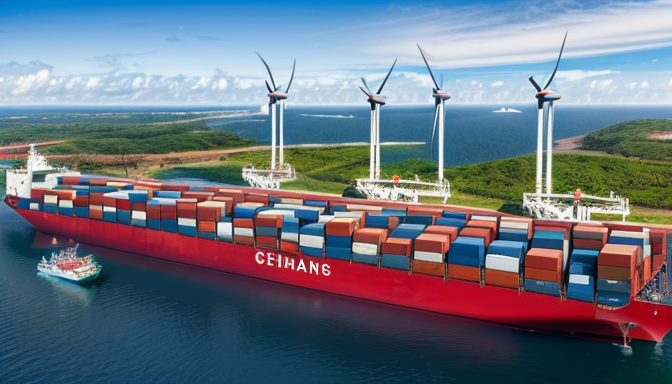
Regulatory Frameworks Supporting Sustainability
In the ever-evolving world of maritime logistics, regulatory frameworks play a pivotal role in steering the industry towards sustainability. With the growing awareness of climate change, international and local regulations have become essential in promoting eco-friendly practices. For instance, the International Maritime Organization (IMO) has set ambitious targets to reduce greenhouse gas emissions from ships, aiming for a 50% reduction by 2050 compared to 2008 levels. This bold initiative not only sets a benchmark but also inspires countries to adopt similar measures.
Moreover, local initiatives complement these global regulations. Many ports are now implementing green port policies, which include incentives for vessels that use cleaner fuels or employ energy-efficient technologies. These policies are not just about compliance; they create a competitive edge for ports that prioritize sustainability. For example, ports that offer shore power connections allow ships to plug into the grid while docked, significantly reducing emissions during loading and unloading operations.
Additionally, the rise of container systems designed with sustainability in mind is noteworthy. These systems often utilize modular designs that enhance efficiency and minimize waste. By optimizing space and reducing the need for excess materials, these innovations align perfectly with regulatory goals. As we look towards the future, the synergy between regulations and technological advancements will be crucial in shaping a more sustainable shipping industry.
| Regulation | Goal | Impact |
|---|---|---|
| IMO GHG Strategy | 50% reduction by 2050 | Lower emissions from shipping |
| Green Port Policies | Incentivize clean technologies | Encourage eco-friendly operations |
| EU Emission Trading System | Cap and trade for shipping | Financial motivation for emission reductions |
Frequently Asked Questions
- What is eco-friendly shipping?
Eco-friendly shipping refers to practices and technologies in maritime logistics that minimize environmental impact. This includes using alternative fuels, optimizing routes, and employing energy-efficient vessels.
- How do alternative fuels contribute to sustainability?
Alternative fuels, like LNG and biofuels, reduce greenhouse gas emissions compared to traditional marine fuels. They help in lowering the carbon footprint of shipping operations, making them a key player in sustainable logistics.
- What role do regulations play in promoting eco-friendly shipping?
Regulations, such as the International Maritime Organization’s (IMO) emissions targets, set standards that shipping companies must meet. This encourages the adoption of greener technologies and practices across the industry.
- Are there any financial benefits to eco-friendly shipping?
Absolutely! While initial investments may be high, eco-friendly practices can lead to long-term savings through fuel efficiency, reduced emissions taxes, and improved operational efficiencies.
- How can consumers support eco-friendly shipping?
Consumers can choose to support companies that prioritize sustainability, opt for products shipped via eco-friendly methods, and advocate for policies that promote greener shipping practices.
